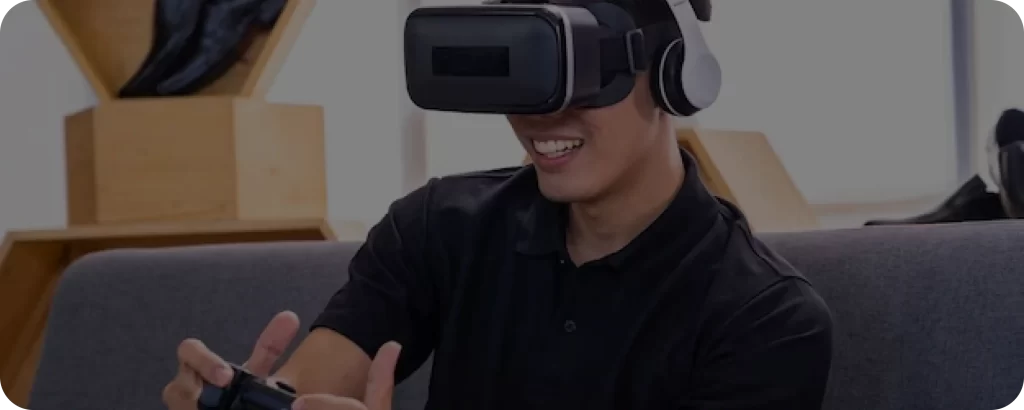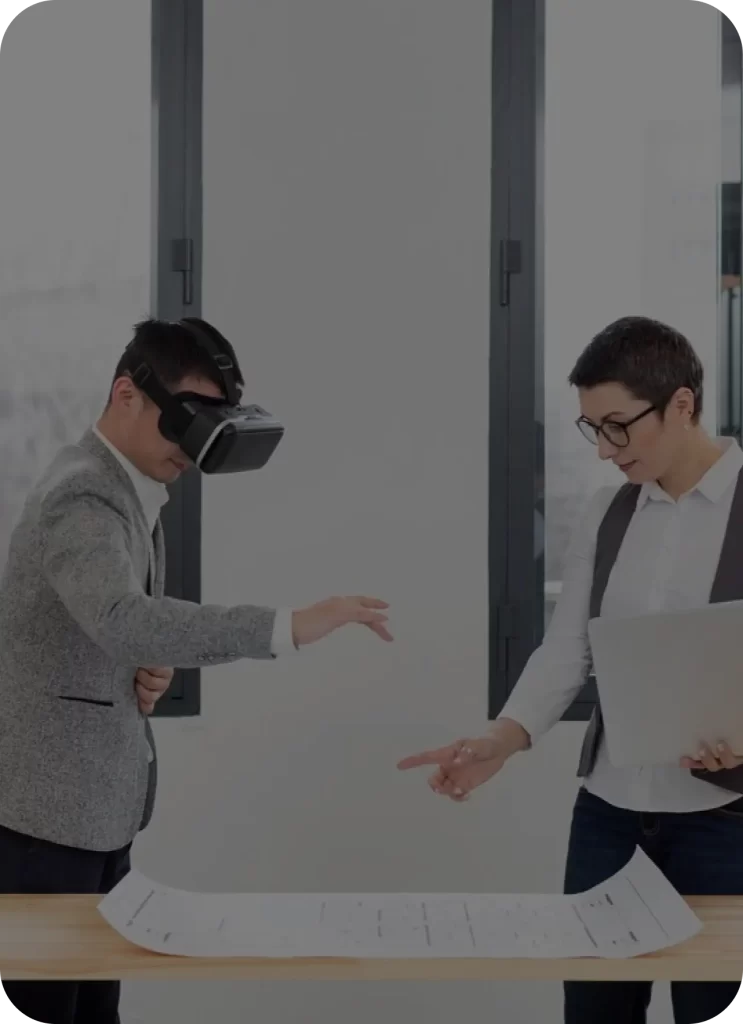What the future holds for AR and VR Technology?

Two of the hottest trends in the tech industry are virtual reality and augmented reality. Due to factors such as the enormous demand for smartphone-based augmented reality, expanding mergers and acquisitions in the market, advancing AR & VR technology, high demand for HMDs in the entertainment sector, and massive adoption of AR and VR technology in the retail and education industries, the markets for augmented reality and virtual reality are expanding very quickly. Before we go on further to know what the future holds for AR VR solutions, let us first tell you what augmented reality technology & Virtual Reality is.
What is Augmented Reality?
In augmented reality, real-world items are enhanced with computer-generated data, potentially spanning many sensory systems, to provide an interactive experience of the physical world. AR connects the physical and digital worlds, enabling real-time interaction and precise 3-D renderings of both fictional and actual objects. AR projects digital information and material onto the real environment. By providing digital content like how you see the environment, augmented reality (AR) creates new opportunities for your gadgets to assist you throughout your busy day. You may use your camera to quickly and visually search for items.
This is the core characteristic of blockchain technology, and its strength is that no additional instance is necessary to function as an intermediary to authenticate transactions or operations, lowering transaction validation times.
Augmented Reality in 2023: Predictions for the future of Immersive Technology
What is Virtual Reality?
Virtual reality is a simulation that will be both identical to and dissimilar from the real world. To produce lifelike sights, noises, and other sensations that will improve the user’s physical presence in the virtual environment, surroundings will either be created via headsets or multiple projected images. To find perfect solutions, you can search around the virtual world, move around in it, and interact with virtual features or objects.
How Virtual Reality From Augmented Reality Differs?
There are many different AR/VR gadgets on the market, including headsets, tablets, smartphones, gaming consoles, and more. Each AR/VR gadget delivers a different level of realism experience, yet they are all constrained in some ways. Smartphones are frequently used to display content on the screens of virtual reality headsets. Although these smart devices are great for VR, they lack the visual quality that can captivate the audience. Headsets are typically heavy, making it impossible to use them for extended periods.

Schedule a call to know more about Blockchain and the cost to create the App.
Future of AR technologies and VR technology
Future uses for augmented reality and virtual reality in every other sector will be numerous. Virtual reality (VR) will be a significant part of training candidates and enhancing the caliber of education they receive. On the other side, AR will be widely used in the retail and e-commerce sectors, where it will assist customers in making product choices. The users will have the opportunity to sample before they buy. AR and VR will change lives because of their vast array of uses. Due to the Covid-19 pandemic, which has caused an increasing number of firms to go remote, the market for augmented reality and virtual reality technology has grown dramatically. In addition, factors like increased demand for smartphone-based augmented reality, rising takeovers and company mergers, advanced augmented and virtual reality technology, high demand for cutting-edge tools in the entertainment industry, and increased adoption of AR VR technology in education, health care, and retail sectors will all contribute to the fast growth of the augmented reality and virtual reality markets.
Large corporations are always creating hardware with strong CPUs so that it can be utilized to experience virtual reality. Technology keeps evolving, which drives the market and, in turn, lowers prices for consumers. The future is being shaped by virtual reality, which has moved beyond the realm of science fiction to become an integral part of daily life. Through the use of AR and VR, we are tricked into believing that the life we are seeing and experiencing is our own.
According to experts, virtual and augmented reality technology will merge. In the future, it will be offered in two variations: tethered systems and standalone devices. Units or wearables on the head that are tethered to a processing unit by a wire are called tethered systems. Separate systems, including those for processing and displays, will be built into standalone units and will be marketed as wearables. We can already see the beginnings of these changes since manufacturers blend standalone and tethered devices. Even though there are some standalone units on the market, they are fairly complicated and challenging to use.
The Impact of Augmented and Virtual Reality on Various Industries and Businesses
There is no denying that VR and AR creators are living in an exciting period. We may anticipate significant business growth in the upcoming years as the entire tech market shifts in that direction. Virtual and augmented reality is going to completely change how we live our lives.
These technologies will alter more than just our ability to express awe; they will alter how we view our lives. Just like the smartphone, our way of life will significantly change. With augmented reality and virtual reality, there are many things to anticipate and treasure.
Recent Blogs
-
Key Considerations for Hiring Expert Software Developers
-
A Comprehensive Guide to Augmented Reality (AR) App Development
-
Unleashing Business Potential: Achieving Massive Outcomes with Big Data Analytics Services
-
Leveraging Salesforce Customer Data Platform (CDP) to Understand and Engage Customers
-
What are the benefits of using virtual reality solutions?






